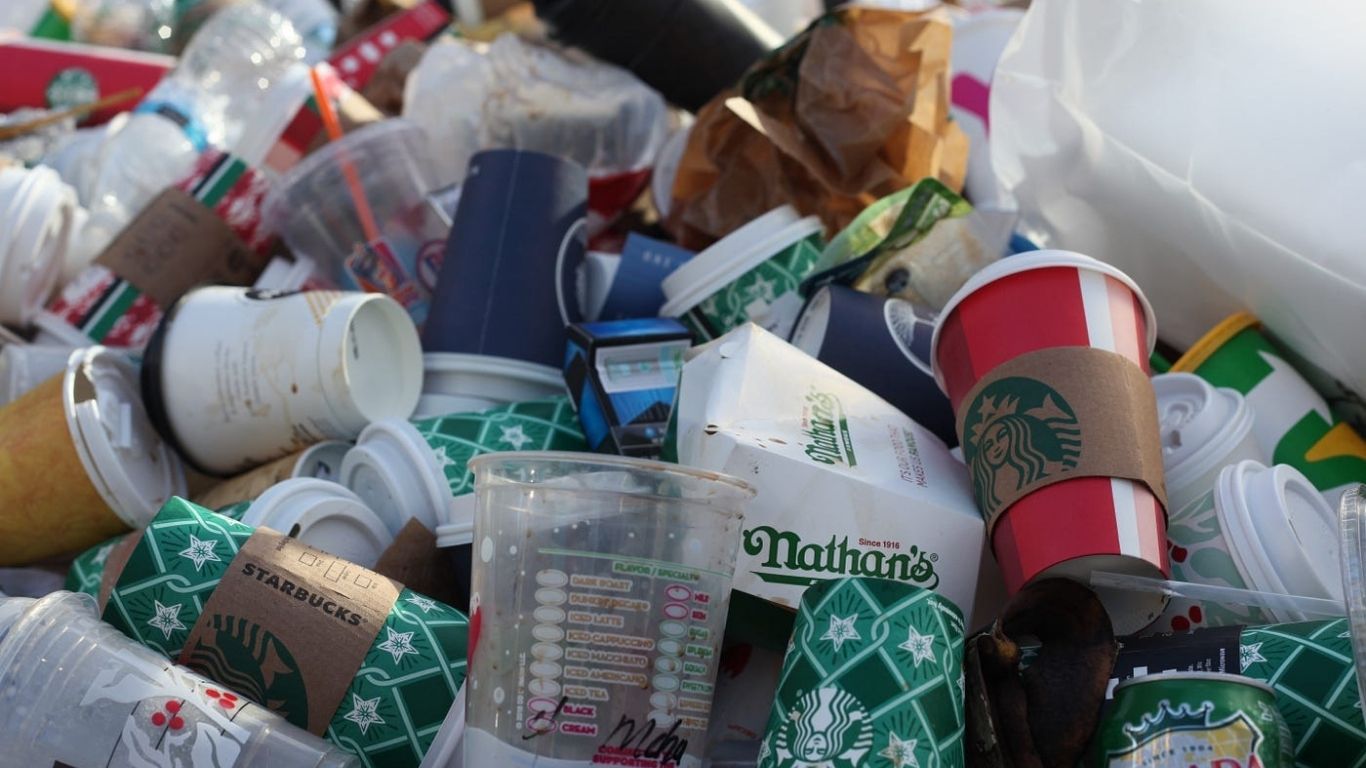Food delivery apps have revolutionized how one acquires meals, revolutionizing the restaurant industry. With a few buttons on a mobile phone, consumers can order from a vast number of restaurants and have meals brought to their doorsteps. This has created a massive demand, especially in cities where hectic lifestyles and changing schedules have made eating out less common.
But while food delivery apps such as Uber Eats, DoorDash, and Grubhub are a godsend to consumers, their impact on local restaurants is complex. sky-high commission rates, changing eating habits, and ghost kitchens have threatened the long-term sustainability of traditional restaurants. Here, we examine the impact of food delivery apps on local restaurants, the challenges they are facing, and how they can adapt in a rapidly digitalized food culture.
The Emergence of the Food Delivery Market
Delivery has existed for decades, but smartphone apps have revolutionized it. The convenience of ordering food from an app, the gig economy, and the COVID-19 pandemic have put delivery at the center of modern food culture. The global food delivery market is expected to reach more than $500 billion by 2030, with online orders already surpassing dine-in in some markets, industry reports say.
This change has been brought about by a set of critical drivers:
Consumer Convenience: People are more inclined to have food delivered to them instead of cooking or dining out, especially in urban areas where time is precious.
Increased Restaurant Exposure: Local, smaller restaurants can expose consumers beyond their immediate area.
Changing Work and Lifestyle Trends: Remote work, late-night food cravings, and the demand for on-demand services have fueled the industry’s expansion.
While these advantages exist, restaurateurs are questioning whether delivery apps are beneficial to local businesses or build a habit that is hard to break.
The Economic Effect on Local Restaurants
One of the biggest challenges for restaurants with local operations and food delivery platforms is expense. While the platforms offer visibility and exposure, they are costly, with high commission fees that usually range between 15% and 30% per order. For restaurants with already thin margins to begin with, this is a substantial expense.
Impact of High Commissions
Lower Profits: Even if a restaurant is experiencing increased sales in the form of delivery orders, the platform fees might be consuming a massive chunk of the profits.
Price Inflation: Restaurants hike their prices on food delivery platforms to compensate for the loss, thereby curbing competition.
Promotional Pressures: Apps will generate promotions and specials, partially subsidized by restaurants, once again detracting from profit.
Other restaurateurs have resorted to alternatives, such as developing their online ordering platforms or partnering with local delivery firms to avoid the costs of big platforms. These alternatives do, however, require additional capital and technological infrastructure that not all small firms can provide.
How Food Delivery Apps Are Changing Urban Food Culture
The proliferation of food delivery companies is not only an economic phenomenon—it’s also transforming the food culture of cities. As more and more consumers opt for food delivery over eating out, the restaurant industry is being rewritten.
Mass Cultural Transformations Decrease in In-Person Visits: Restaurants experienced a decrease in in-person visits because the customers loved the ease of dining at home. This has led to reduced staffing needs and, in some cases, dine-in restaurant shutdown.
Ghost Kitchens Becoming Trendy: Others are skipping the restaurant idea altogether and living as nothing more than “ghost kitchens” (or virtual restaurants) that only deliver orders. This approach is penny-pinching on overhead, but it also removes the human element between consumers and chefs.
Loss of Direct Customer Relationship: Restaurants lose the direct opportunity to build relationships, collect customer data, and offer personalized promotions since orders are taken through third-party apps. This would undermine brand loyalty in the long term.
While food delivery apps have made it easier to dine out, others fear that they are taking away from dining out its social nature, particularly in neighborhoods where restaurants are gathering places.
Adapting to the Future of Food Delivery
With the clear increase in food delivery firms, restaurants in the areas need to find means of adjusting without undermining their sustainability. Some of the below are measures that firms can adopt:
1. Enabling Direct Orders
Most restaurants nowadays have their own ordering systems through websites or apps, using third-party platforms to a minimum. Others give rewards or discounts to in-house customers who order through them.
2. Menu Optimization for Delivery
There are foods that are easier to carry than others. Restaurants can redesign menus to incorporate delivery-friendly foods that are easy to store during transportation, which will maximize customer satisfaction.
3. Partnering with Local Delivery Companies
Other restaurants are turning to local or cooperative delivery networks with lower commissions and keeping profits in the community. This model is more equitable in its treatment of restaurants and delivery workers.
4. Increasing Customer Engagement
Restaurants may use social media, email campaigns, and promotions to engage consumers more deeply. Providing in-store dining offers or special dine-in offers can also offset on-site dining and delivery.
5. Bargaining with Delivery Platforms
While bigger apps set default commission rates, others have negotiated higher fees or terms by establishing themselves as valuable to the platform.
A Double-Edged Sword for Local Restaurants: Food delivery apps have indeed revolutionized the restaurant industry, and new opportunities have come with new unprecedented challenges. Survival for local restaurants will be a matter of balancing the benefits of online ordering and practices that shun maximum cost outlays and maintain customer relationships. While the convenience of food delivery is not disappearing, the fate of local restaurants will be determined by whether they can adapt, innovate, and transform to sustainable ways of surviving in an increasingly app-based world.



